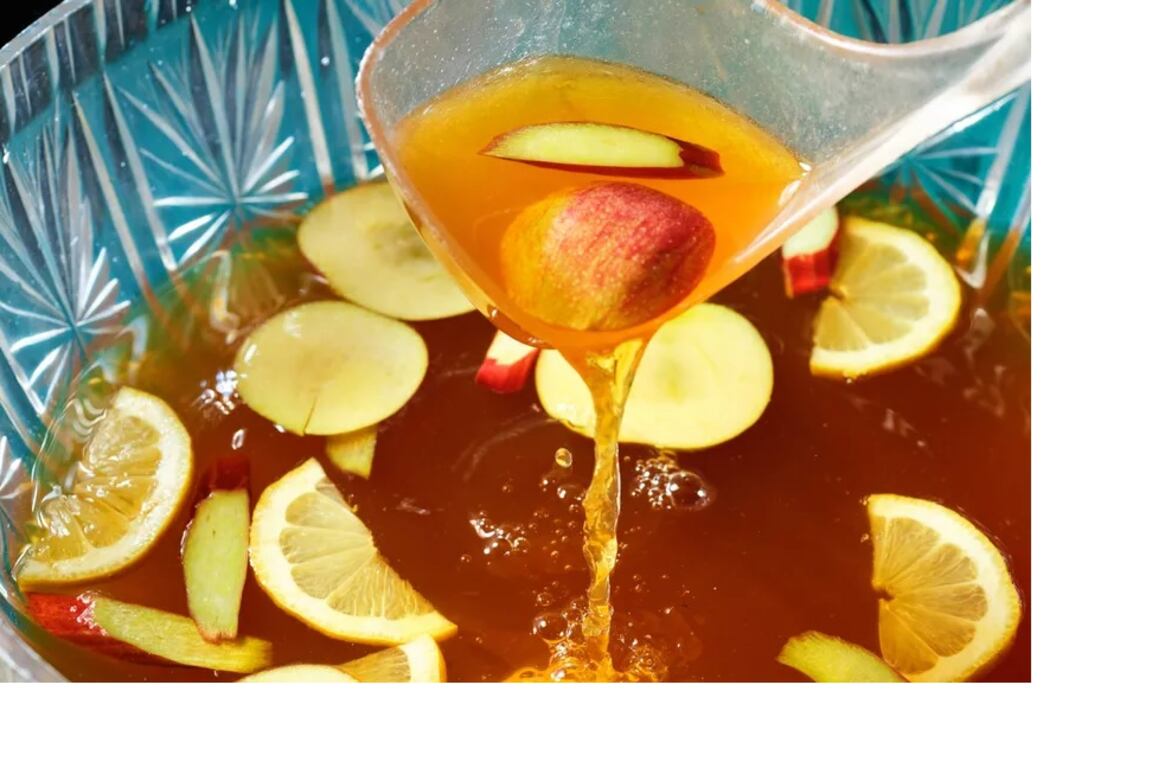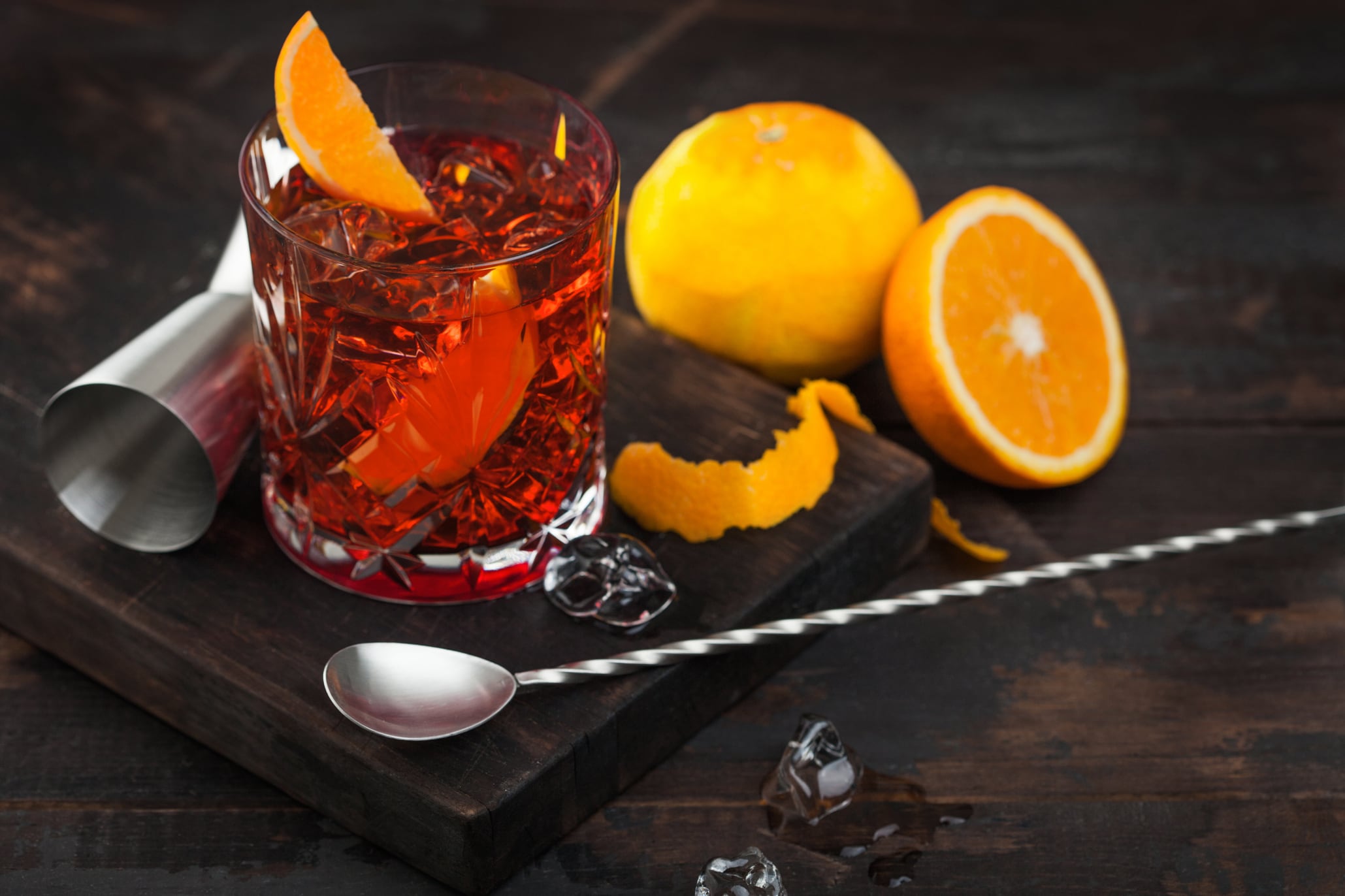Plated up in front of me was the holy trinity of why I was here. Creamy fave (mashed fava beans) and bitter cicoria (chicory) greens, liberally doused in pungent olive oil. Looking at it concerned me. Was I peaking too early? Was I experiencing the giddy heights of the southern Italian kitchen while my seat on the plane was still warm? It sure felt like it.
I was in Da Nonna Rosa, a small canteen-like space just on the periphery of the Sassi, Matera’s ancient and intricate core. It was a utilitarian room full of happy eaters. I couldn’t wait to join them. Maybe it was the added frisson of eating fave in one of its places of origin, but I was smitten already. The dish was even better than I’d hoped. After all, the humble legume’s domestication and lore are so intertwined with a sense of this place, their colour so interchangeable with Matera’s limestone rock, it was bound to be good.
The food was simplicity and restraint writ large. And all the more thrilling for it. Indeed, this rugged part of the Mezzogiorno, as the sunny south of Italy is known, Basilicata, infrastructurally cut off from the rest of the country until relatively recently, is a hermetically sealed and tantalising nerve centre of unfashionable ingredients elevated to saintly importance.
Getting to know the food of Matera was as good a way as any to get under its skin. As a chef that wouldn’t be difficult.
READ MORE
I would leave its semi-tragic history to the experts. Did I mention I would be accompanied by one? Pat McGauley, writer, historian, Italophile and friend, who only went and wrote a magisterial book on the city. Matera, 1945-1960, The History of a ‘National Disgrace’, is as indispensable an aid for navigating the city as the hardened boots you will need for traipsing around it.
Matera, reputedly the third-oldest continuously inhabited city in the world, was almost emptied in the 1950s by a government rehousing initiative which sought to fix overcrowding in the densely populated patchwork of cave dwellings of the Sassi. Its regeneration in the 1990s, by some descendants of the original owners, kick-started a revival that once looked damn near impossible.
This all culminated in the Sassi becoming a Unesco world heritage site in 1993.
Matera’s celebrated history aside, the simple cooking and produce of the region have been quietly getting on with things, a tasty bulwark of resistance against any looming threat of cultural homogenisation.
Many ingredients can trace a lineage back to Lucania, the ancient name for the region. The trite and much abused term cucina povera hardly does justice to the hardships that the recipes and traditions grew out of. But admittedly it does give us a glimpse of what we might be missing; embracing food rooted to a specific place with no shame attached. No gastronomic fripperies to be found here.
It’s not all about fave of course. The bread of Matera is exceptional. Made from locally milled grain (senatore cappelli) and natural yeasts, pane di Matera is the most famous bread associated with the city. With its distinctive conical shape, echoing the vertiginous surroundings, and yellow crumb, it’s hard to miss.
Its IGP (indication of geographic protection) status protects its future from pale imitations. Hurrah for that.
If the whimsical loaves of Matera don’t set the pulse racing, look no further than the famous peperone crusco. These elongated dried red peppers, impressively festooned outside what seems like every other building, are a beautifully stark reminder of Matera’s sense of potent spectacle. But this city doesn’t just pander to the decorative. These sweet, smoky and tangy capsicums are a pleasurable addition to any dish.
After a bit of research into what restaurant would best represent the region’s goods all under a single roof, one establishment was recommended several times. Initially very modest, Trattoria Stano has grown into a smart and fully fledged destination restaurant, one that would usually set my teeth on edge.
It’s all sleek and serious, and seemingly not a place to let your hair down (at least in my case). Myself and Pat arrived so underdressed that I was expecting to be pulled aside and gently admonished for our casual get-up. But the food was so expertly prepared and the Lucanian traditions so faithfully maintained that it would be churlish to grumble.
The menu would prove as much. It ran the gamut of classics that I’d become familiar with to the more arcane ones that had fallen out of favour and were at risk of vanishing altogether. The meal was a deep dive into a region’s history through what it ate.
Everything we ate and drank was an acute introduction to the surrounding topography. A rendition of fave e cicoria was less restrained than before. With the addition of fried breadcrumbs and peperone crusco, the dish was a symphony in textures.
[ What is the difference between organic, biodynamic, vegan and sustainable wines?Opens in new window ]
But the pie, known locally as la pignata, was the absolute showstopper. Mutton is slowly baked in a bread-dough-sealed earthenware pot with an assortment of vegetables and broth. The anticipation alone was worth it. I could have sworn I heard a drumroll as the waiter peeled off the doughy lid. An expected puff of steam later and I was ladling out the meat and the hot broth on to the waiting plate. It was the pie to compare all subsequent pies to. Suddenly this impenetrable city didn’t seem so daunting.
If cooking is a sort of alchemy, born out of necessity and a willingness to survive, it also has deep social, cultural and political meaning. An affirmation of why food is much more than what’s on the plate.
But don’t be fooled into thinking that the ostensibly elementary cooking of Matera lacks elegance and isn’t important in and of itself. Yes, this food widens our understanding of why cuisine signifies a particular identity as much as waving a flag does, but it also educates us that showcasing one ingredient, or very few, can be sophisticated, sometimes austere, certainly brazen but always delicious. Catch it if you can.
Ken Doherty was joint chef and owner with Gwen McGrath of Assassination Custard restaurant in Dublin which closed its doors in July.
Stay
While most of the cave homes that are available are fairly high end, there is plenty in the mid-range bracket. We stayed at Bed and Breakfast Habitat, Vico Fornaci Vecchie, 48, Matera, Basilicata 75100.
To do
- Museum: Palazzo Lanfranchi. Hard to visit Matera without recognising the presence and influence of writer, painter and anti-fascist, Carlo Levi. His memoir Christ Stopped at Eboli, depicting his life in exile in and around this part of Basilicata, had a huge impact on how the region would be viewed.
- Walking tour: sassitour.it Super informative and relaxed walking tour of the Sassi with guide Nicola Taddonio.
- Market: Take a leisurely stroll around the lovely Central Market on Via Ascanio Persio.
- View: Follow the crowds to the most popular views of the Sassi, at Belvedere Luigi Guerricchio and Piazza Giovanni Pascoli. After a day or two you’ll surely find your own.
Eat
- Da Nonna Rosa. Via Lucana, 166, 75100. Go for the fave e cicoria. Unusually, they do takeaway also.
- Trattoria Stano, Via Santa Cesarea, 67/69, 75100. The pie.
- Osteria Maletesta. Via San Biagio, 45, 75100. I had a lovely solo meal of sugo di pizzente (local sausage ragù) on the terrace. Dinner will cost barely €20.
- Panificio De Palo. Via Ascanio Persio, 18, 75100. A good place to sample the classic baked goods of the region including panzerotti, pizza and, of course, the bread.
- Trattoria Lucana. Via lucana, 48,75100. A cheap and raucous old-style trattoria. And if it’s good enough for Mel Gibson ...
- Uacciardidd Butchers. Via Ascanio Pesio, 33, 75100. An old butcher shop-delicatessen. Excellent panino.
- Gahve Cafe. Via san Biagio, 32 and Nocelleria, Via san Biagio, 38. Two friendly spots for a coffee and some local Aglianico wines.
- I Vizi degli Angeli. Via domenico Ridola, n.36. Probably the best gelato in town.
Getting there
Ryanair flies from Dublin to Bari (Puglia). A connecting bus to Matera will take about 50 minutes to an hour.















